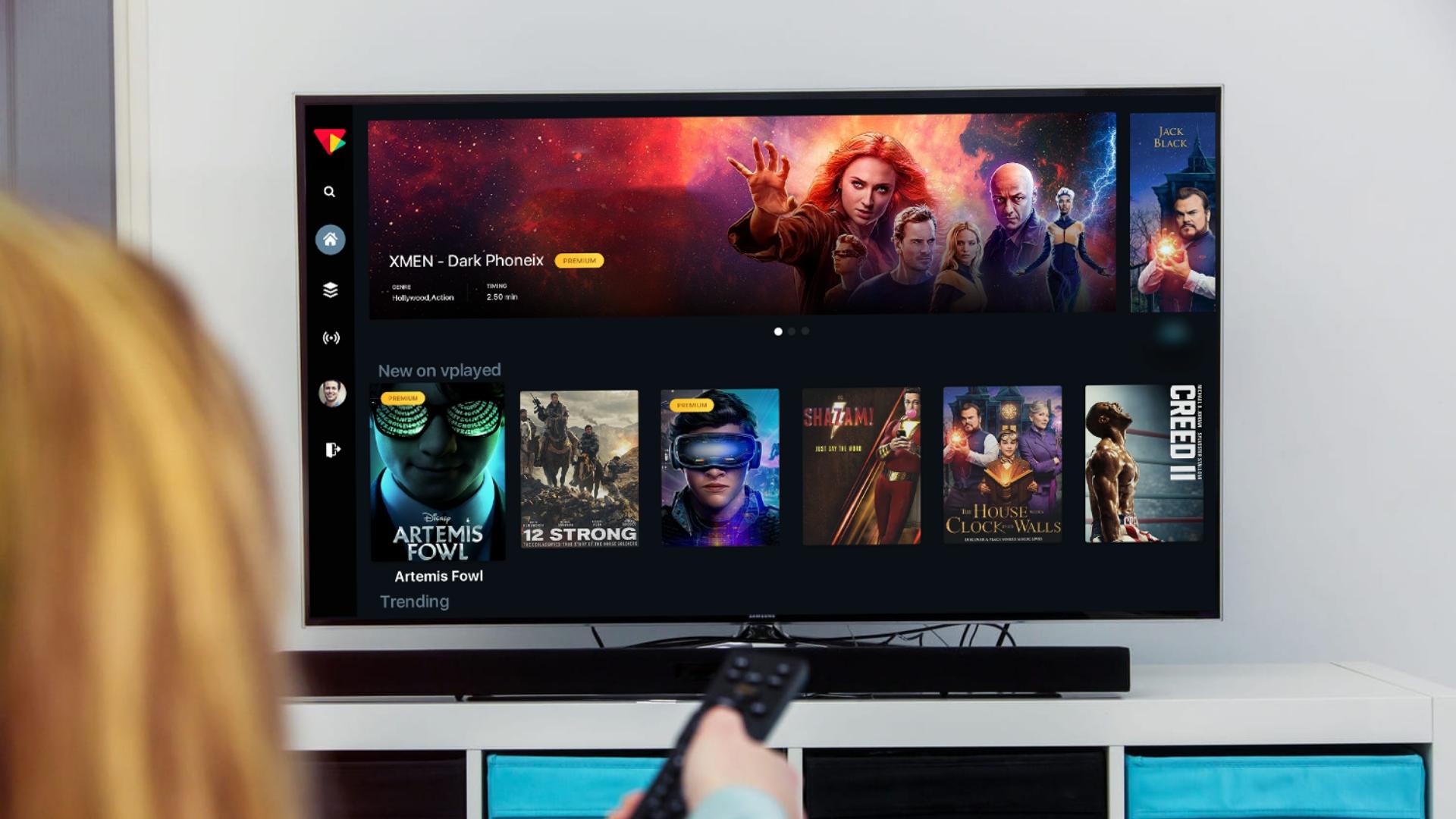The Basic Principles Of Apollo Group Tv
The Basic Principles Of Apollo Group Tv
Blog Article
Everything about Apollo Group Tv
Table of ContentsThe Buzz on Apollo Group TvOur Apollo Group Tv PDFsApollo Group Tv Fundamentals ExplainedThe Definitive Guide for Apollo Group Tv
In this scenario, as opposed to having three-minute commercial areas throughout a 30-minute tv program, television programming might transform to one where a consumer will certainly be called for to have a monthly registration, so that they cen sight targeted banner ads. This kind of marketing currently occurs on the web, and the amount of data television firms gather allows them to do similar.Discuss the influence of enrollers on program web content. Describe the significant fads among the broadcasting and cable networks. When television was in its infancy, producers designed the new medium on radio. Popular radio shows such as police dramatization Dragnet and western cowboy collection Gunsmoke were adapted for tv, and new TV shows were sponsored by single marketers, just as radio shows had actually been.
Today, the television sector is much more intricate. Programs are funded by multiple advertisers; shows is regulated by major media empires; and the three major networks no longer dominate the airwaves yet rather share their customers with many cord channels. Several elements account for these trends within the market, consisting of technical advancements, federal government regulations, and the creation of brand-new networks.

The Best Guide To Apollo Group Tv
Developed in 1969, (PBS) created out of a record by the Carnegie Compensation on Educational Tv, which took a look at the function of educational, noncommercial tv on culture. Public tv was likewise planned to offer universal accessibility to television for viewers in country areas or viewers who might not pay for to pay for private tv solutions.
The duration in between 1950 and 1970 is traditionally identified as the. Besides a little section of airtime controlled by public television, the three major networks (referred to as the Big Three) controlled the television market, collectively representing even more than 95 percent of prime-time watching. In 1986, Rupert Murdoch, the click to investigate head of international company News Corp, launched the Fox network, testing the supremacy of the Big 3.
Targeting young and minority target markets with programs such as Buffy the Vampire Killer, Moesha, Dawson's Creek, and The Wayans Bros., the new networks wanted to draw stations away from their old network associations. Instead than duplicating the success of Fox, UPN and WB battled to make an effect. Incapable to bring in lots of associate terminals, the two new networks got to less homes than their larger rivals because they were impossible in some smaller cities.
This decision led the way for the advancement of cord flick networks, contributing to the exponential development of wire in the 1980s and 1990s. apollo tv. Further deregulation of cable in the 1984 Wire Communications Plan Act got rid of constraints on cord rates, enabling operators to charge what they desired for wire solutions as long as there worked competitors to the solution (a standard that over 90 percent of all cable television markets could meet)
9 Easy Facts About Apollo Group Tv Described

Having actually developed the very first "superstation," Turner expanded his realm by founding 24-hour information network CNN in 1980. At the end of the year, 28 nationwide shows solutions were offered, and the cord revolution had actually started. Over the next decade, the market undertook a period of rapid growth and appeal, and by 1994 viewers can pick from 94 standard and 20 costs cable services.
Figure 9 - https://www.imdb.com/user/ur189808969/?ref_=nv_usr_prof_2.16 Raised competitors from cord channels has triggered a consistent decrease in the networks' target market rankings. Throughout the 1950s, the cost of producing a solitary tv show raised as programs ended up being longer and manufacturing expenses soared. Sponsorship on network television changed from single sponsorship, in which a program was totally supported and created by one marketer, to several sponsorship, in which advertisers acquired 1- or 2-minute spots on the program
Each feedback needs to be a minimum of one paragraph. Select one of the Big 4 networks and publish out its regular programming timetable. Enjoy the network's prime-time programs throughout a week, noting the target demographic for each and every program. Observe the marketing sponsors that support each show and compare just how the product or services fit with the designated target market.
Everything about Apollo Group Tv

Linear TV, typically referred to as standard broadcast TV, incorporates cord and satellite television., believe of it as the classic means of seeing TV that has been around for decades.
Report this page